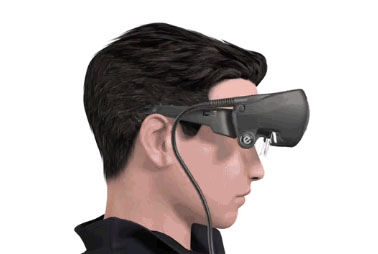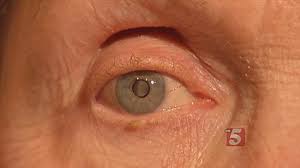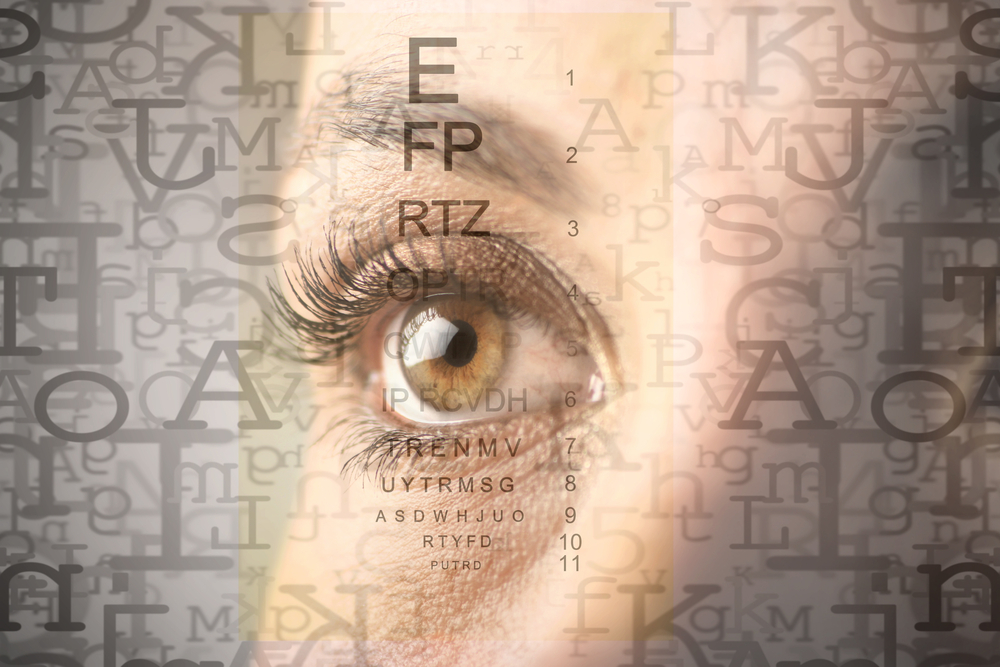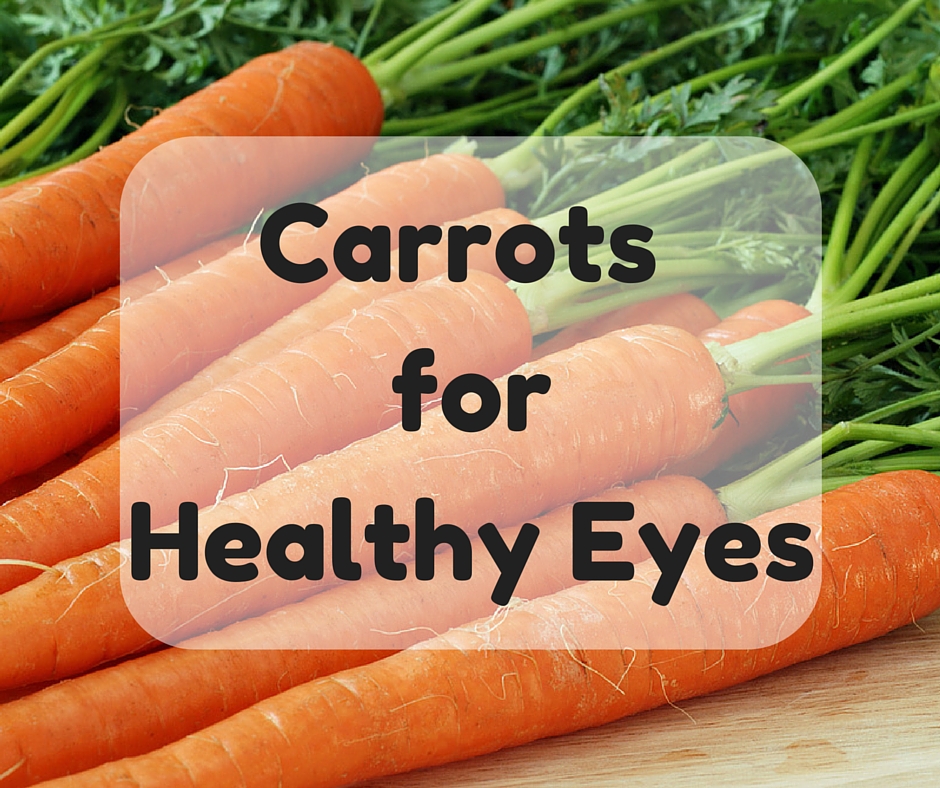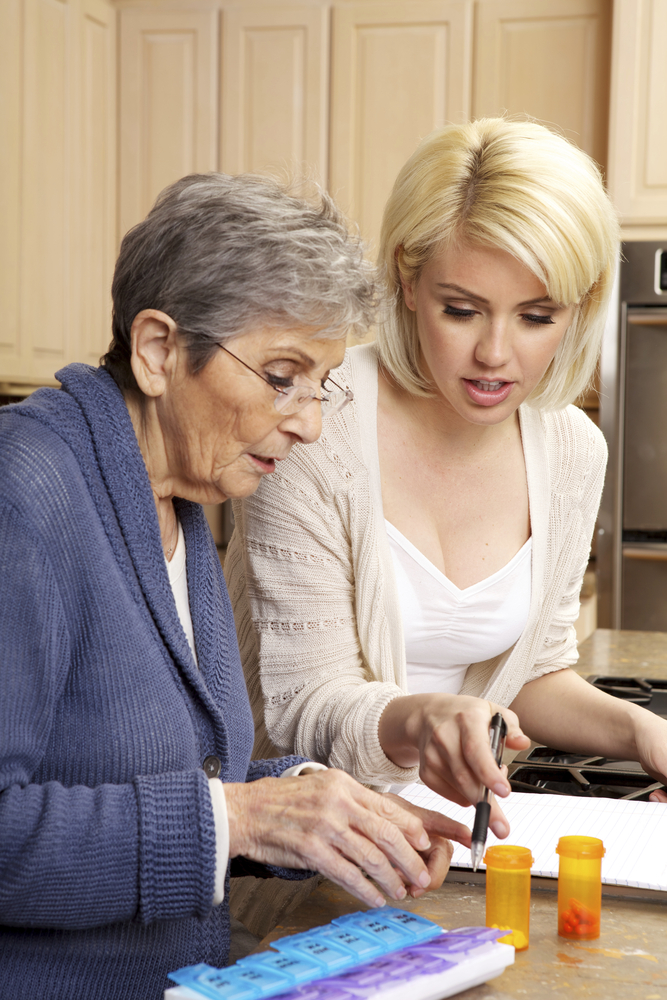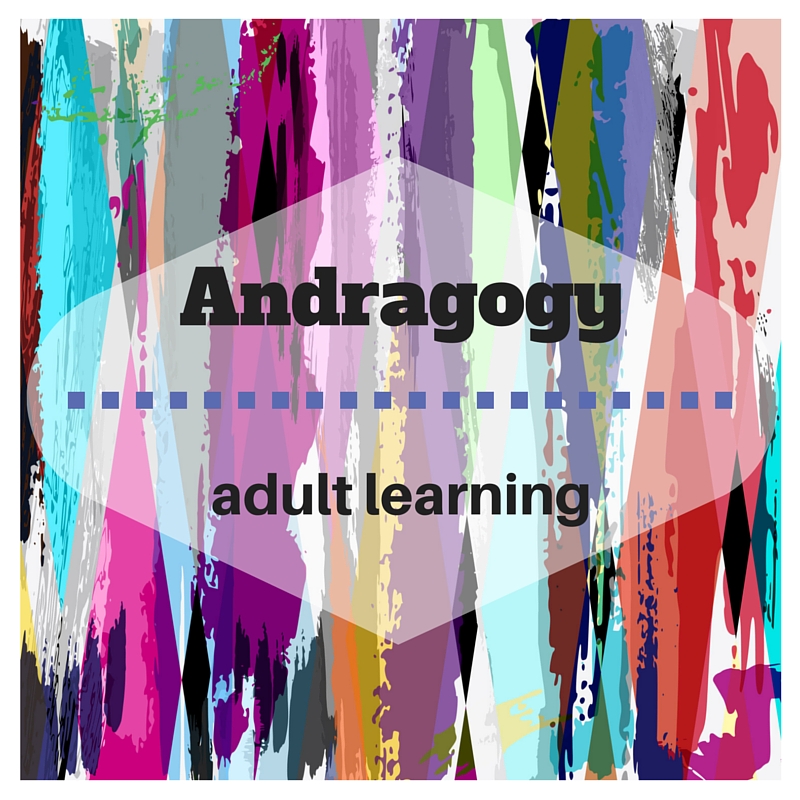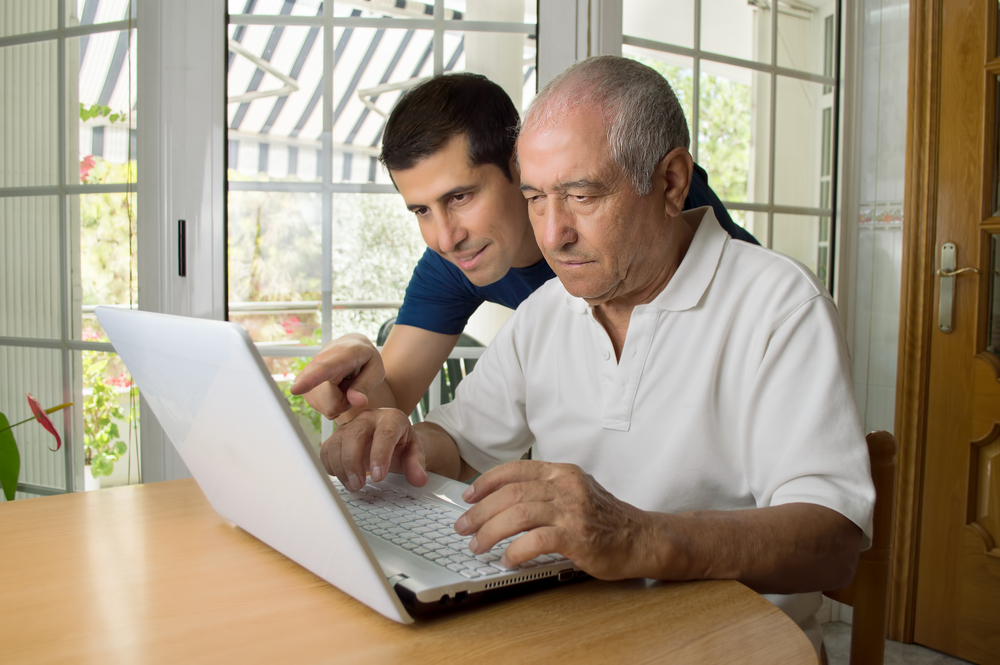Smoking is the single largest preventable cause of eye disease.

On the third Thursday of November each year, smokers across the nation take part in the Great American Smokeout, sponsored by the American Cancer Society. This might be the ideal time for you to stop smoking and ACS has information and resources you may find helpful.
Here are some things you should know about smoking and your eyes.
- Smoking at any age, even in your teens or twenties, increases your future risk for vision loss.
- The more you smoke, the higher your risk for eye disease.
- If you quit smoking, your risk for these eye diseases decreases considerably.
- Smoking increases your risk for cardiovascular diseases that indirectly influence your eyes’ health.
- Women who smoke during pregnancy increase their chance for a premature birth and a potentially blinding eye disease called retinopathy of prematurity (ROP).
- A smoker is two times more likely to develop macular degeneration compared with a nonsmoker.
- Smoking double your chance of forming cataracts and the risk continues to increase the more you smoke.
- Smoking doubles your diabetes risk which can lead to the blinding eye disease, diabetic retinopathy.
- Smokers are more than twice as likely to be affected by dry eye syndrome as a non-smoker.
- Second-hand smoke also makes dry eye worse, especially for contact lens wearers and post-menopausal women.
- If you smoke you can have a three-fold increase in the risk of developing AMD compared with people who have never smoked.
- Smoking appears linked to the development of uveitis with smokers having more than twice the risk of non-smokers.
If you are looking to stop smoking you may also want to check out Smokefree.gov which provides free, accurate, evidence-based information and professional assistance to help support the immediate and long-term needs of people trying to quit smoking.
11/19/15
 Susan DeRemer, CFRE
Susan DeRemer, CFRE
Vice President of Development
Discovery Eye Foundation




